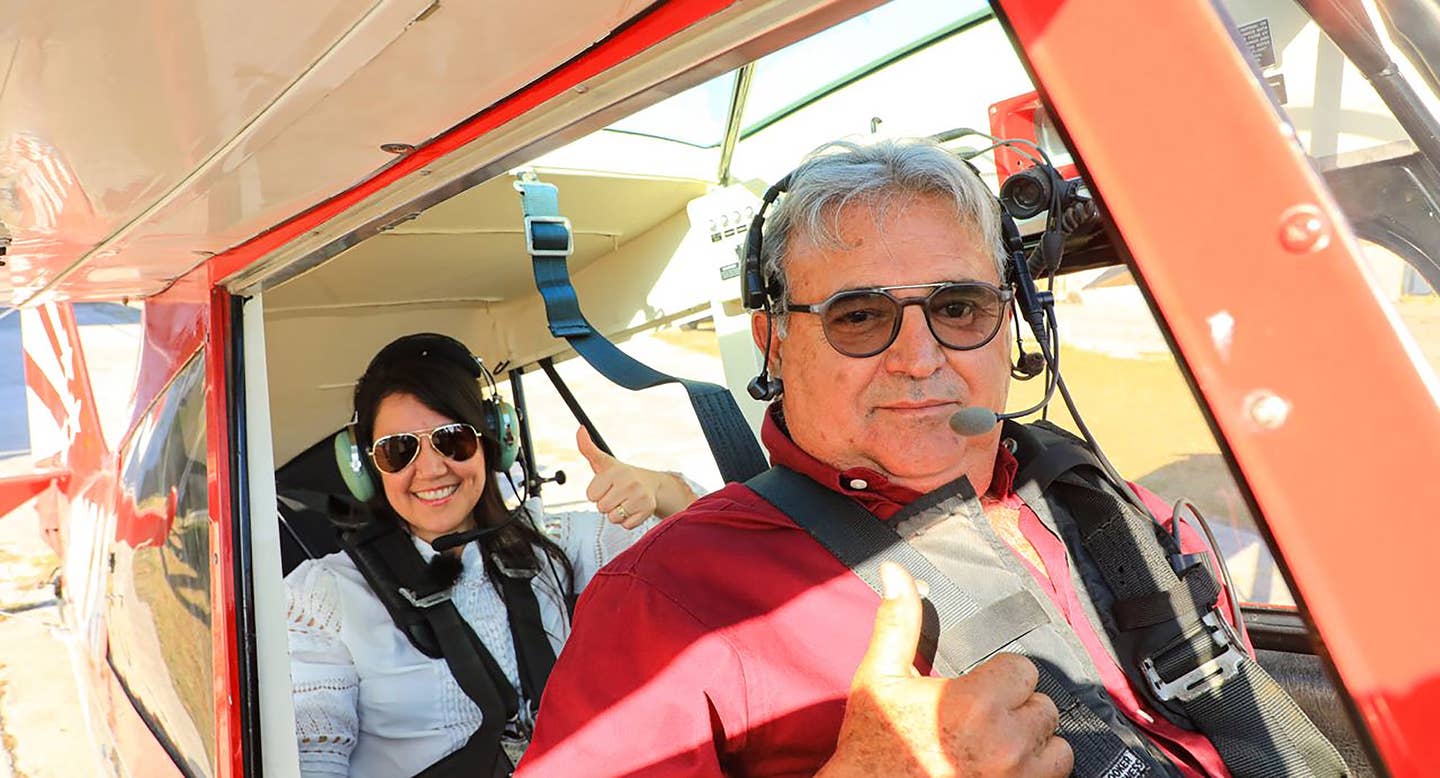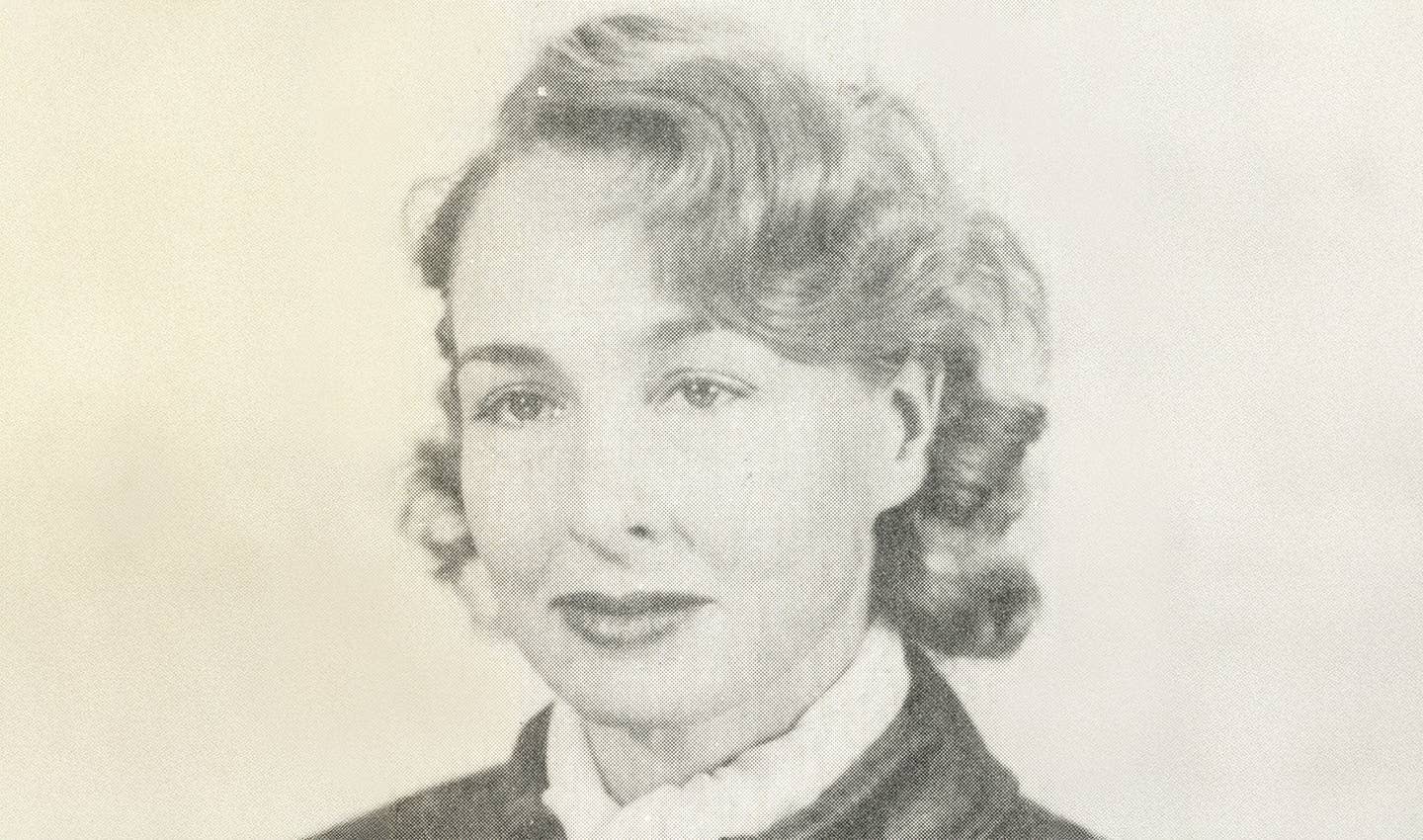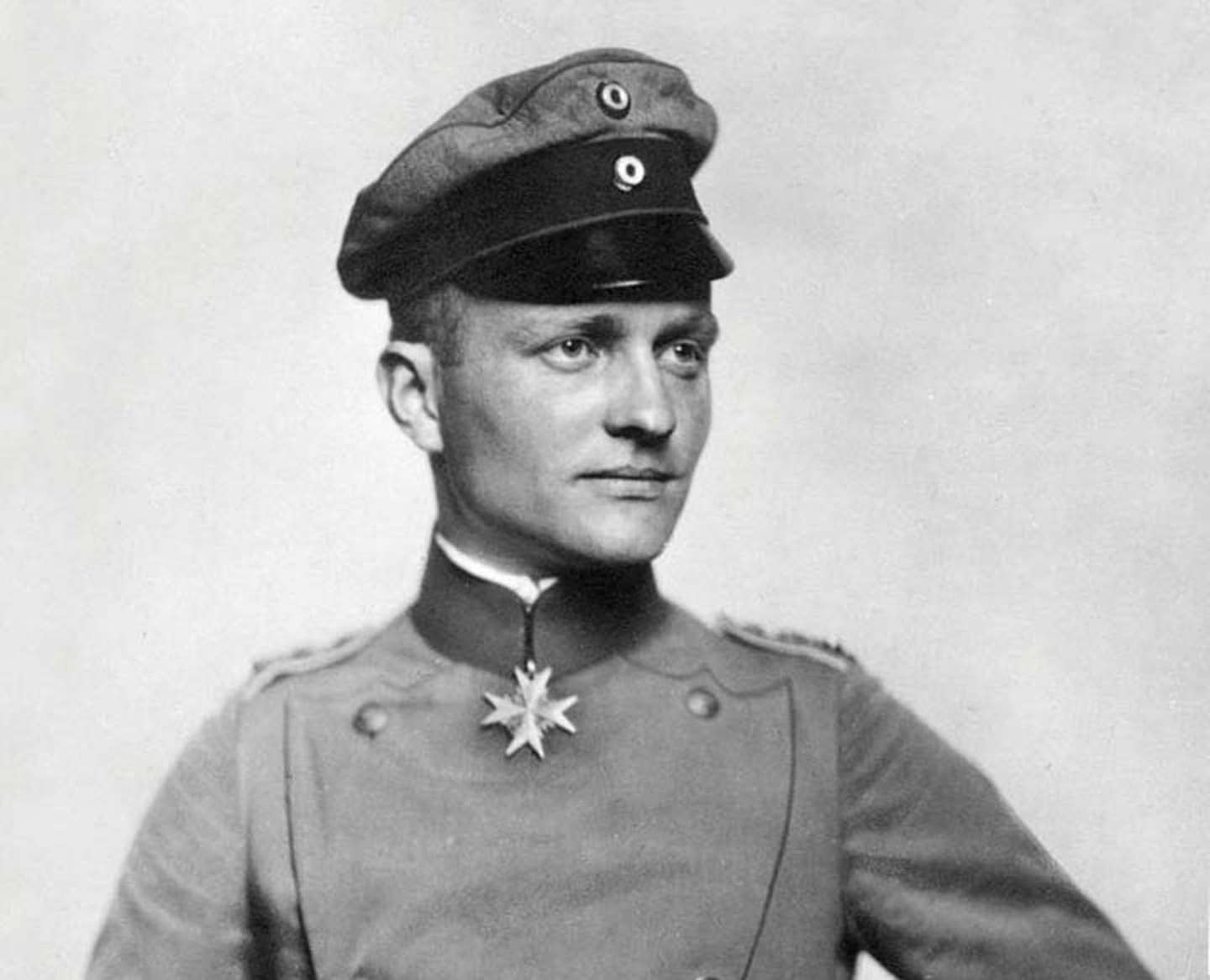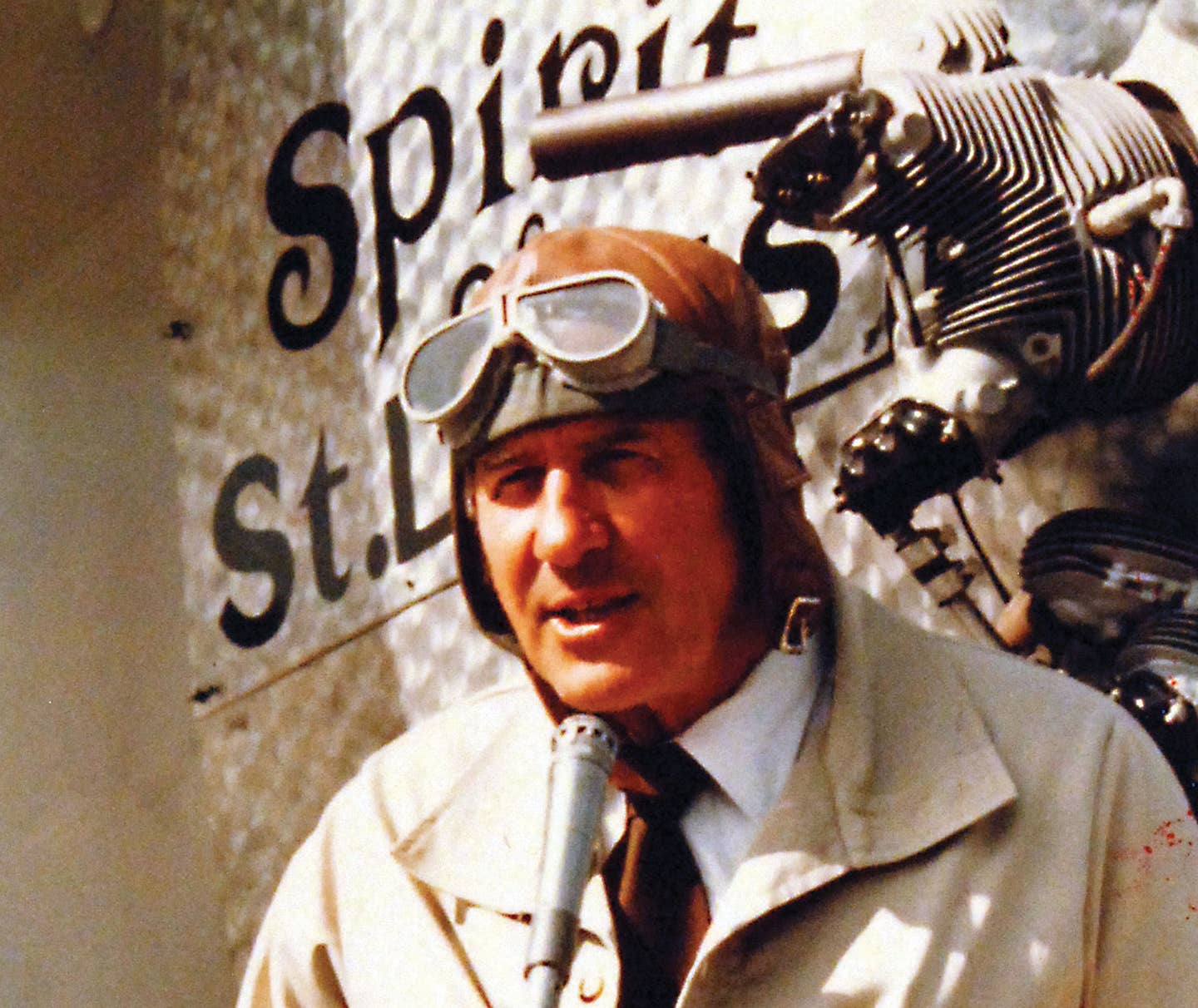This Incredible Pilot: Ernest Gann
‘Fate Is the Hunter’ author made an indelible mark on aviation, film, and literature.
![Ernest Gann [Image: public domain]](https://www.planeandpilotmag.com/uploads/2024/08/ganntransportcommand-public-domain-image-HIGHER-RES.jpg?auto=webp&auto=webp&optimize=high&quality=70&width=1440)
Ernest Gann [Image: public domain]
The exploits in Fate Is the Hunter seem almost unimaginable for any modern-day airline pilot, yet many aviators consider that particular book practically required reading. Widely regarded as one of the best works of literature ever written about aviation, Fate Is the Hunter details the early days of commercial flying, when pilots were still considered near celebrities, instrument lessons were still “flown” in a Link Trainer, and death could lurk around any corner.
While it seems like another world now, for Ernest Gann, it formed his reality.
Gann was born in Lincoln, Nebraska, in 1910. School was never a priority, and he found pleasure in other interests, such as movie making and aviation, which were no doubt a foreshadowing of his impressive career. Upon graduation from military school, Gann attended the Yale School of Drama. Although he only spent two years there, those studies helped launch a calling that would span decades.
Gann left drama school to pursue a career on Broadway. His first foray into acting was quite limited, consisting of a small part in the play Firebird. When that production closed, he chose to take a yearlong trip around the world. When he returned to the U.S., he joined Roy Larson, producer of The March of Time, a Time magazine documentary series. While working on the 1938 documentary Inside Nazi Germany, Gann found himself a little too close to Adolf Hitler’s troops, and he fled to the United States.
Once back in the U.S., Gann rekindled his interest in aviation. He pursued flying lessons and gifted himself a Stinson Reliant. Although the Reliant was soon lost to a hangar fire, Gann didn’t give up. He instead used the insurance money to purchase a WACO A model. He continued to work in the entertainment industry, only in California this time, but the industry was fickle, and Gann turned to flight instructing and charter flights to make ends meet. After one last failure in entertainment, Gann turned to aviation full time.
Gann was hired in 1938 as a first officer on the Douglas DC-2 and DC-3 for American Airlines, seniority number 267 overall. For several years, he found himself flying routes in the Northeast. He was promoted to captain at American in 1941. Yet with the outbreak of World War II, many of American’s airplanes were absorbed into the U.S. Air Transport Command, and Gann chose to volunteer for the group as well. He found himself flying routes all over the world, including “The Hump,” the nickname for aerial excursions across the Himalayas into Kunming, China.
It was during this time Gann produced his first novel, Island in the Sky, about the search and rescue of a downed transport command airplane in Labrador, Canada. Island in the Sky would later be turned into a movie in 1953, starring John Wayne. With the end of WWII, the transport command released all its pilots, including Gann.
Gann returned to American Airlines, yet after years of flying internationally, found domestic flying boring. He left to fly for a startup called Matson Airlines. While Matson would eventually cease operations, leaving Gann out of a job, he did produce the novel The High and the Mighty during this time, which would become a movie in 1954 and also star Wayne. Gann went on to fly for Polynesian Airlines as an instructor pilot on the DC-3, but this career path also was short-lived.
That would be his last airline experience. In 1991, Gann flew one last time to celebrate the 50th anniversary of his upgrade to captain at American Airlines. He died on December 19 of that year at the age of 81.
Gann’s legacy lives on through his writing, movies, and thousands of fans around the globe. He was posthumously awarded the Washington state Medal of Merit in 2003. His office, a converted chicken coop, is preserved in the EAA’s Aviation Museum in Oshkosh, Wisconsin, where thousands enjoy the display during the annual AirVenture in July—a fitting tribute to a man whose aviation legacy came through the power of the words produced in that humble abode.

Subscribe to Our Newsletter
Get the latest Plane & Pilot Magazine stories delivered directly to your inbox






